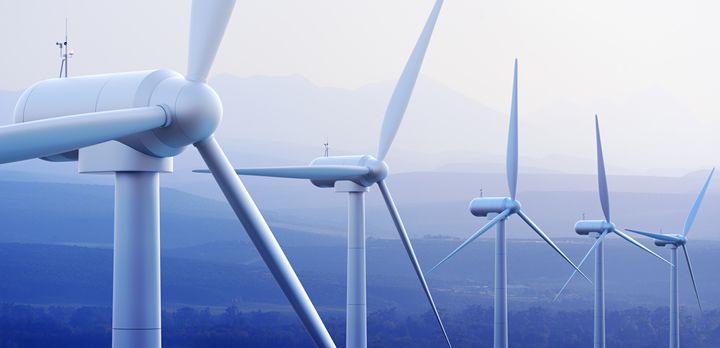Masdar Launches UAE's first utility scale wind project with breakthrough low wind speed Innovation
By working with global technology leaders and turbine manufacturers, the UAE is paving the way for commercialization of further utility scale, low-wind speed projects
Why Are Wind Turbines Being Switched Off? - Power Transmission is Just as Important as Generation
Despite reaching impressive milestones in recent years, there's a massive problem with the wind sector - power wastage. In 2022, it was reported that Brits paid millions to switch off wind turbines as networks were unable to deal with the levels of power generated.
Wind Technology for Rooftop Renewable Energy
Requiring just 10 percent of the roof space needed by solar panels, the stationary, silent and durable Aeromine unit generates around-the-clock energy in any weather.
As California Faces Record Drought Levels, Wind Energy Provides A Vital Service
In 2014, wind energy saved 2.5 billion gallons of water in California by displacing water consumption at the state's fossil-fired power plants, playing a valuable role in alleviating the state's record drought. Wind energy's annual water savings work out to around 65 gallons per person in the state - or the equivalent of 20 billion bottles of water, according to the American Wind Energy Association (AWEA).
According to AWEA, one of wind energy's most overlooked benefits is that it requires virtually no water to produce electricity while almost all other electricity sources evaporate tremendous amounts of water.
In California - where the state is combating record drought levels - Gov. Jerry Brown recently signed an executive order to reduce household water consumption by 25%, from about 140 gallons per day per household to 105 gallons. Wind energy's water savings are, therefore, equivalent to what would be saved by nearly one week's worth of the required reductions for a typical household.
In 2008, U.S. thermal power plants withdrew 22 trillion to 62 trillion gallons of freshwater from rivers, lakes, streams and aquifers and consumed 1 trillion to 2 trillion gallons. By displacing generation from these conventional power plants, U.S. wind energy currently saves around 35 billion gallons of water per year - the equivalent of 120 gallons per person or 285 billion bottles of water.
Records 1 to 4 of 4
Featured Product

Nature's Generator MyGrid 10K
A 10,000W plug & play whole-home generator with a 10kWh LiFePO4 battery for reliable backup power. Features easy setup, flexible 120V/208-240V input, and solar/wind charging. Expandable with extra batteries or solar panels, and can pair two units for 20,000W for even larger energy needs. Powers your home during power outages, reduces electricity costs, and supports sustainable energy.




